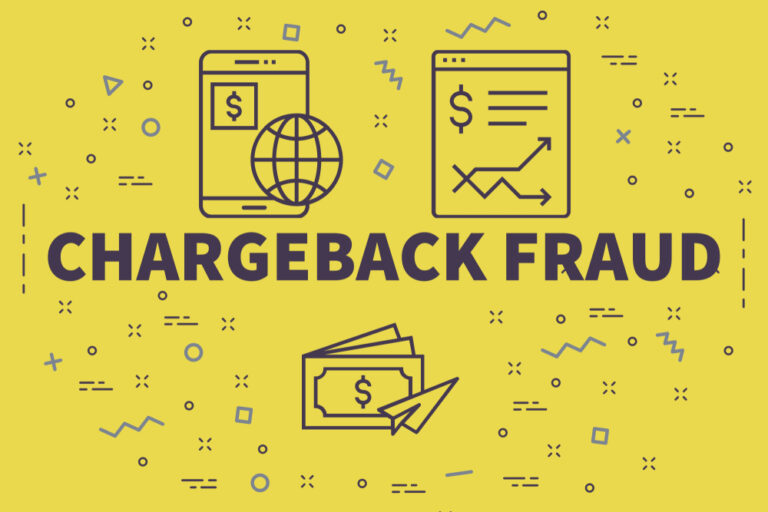What is Chargeback Representment?

Business is full of new opportunities and your team is looking to raise the bar, securing more success. You get a message, perhaps a new customer or client who can further your ambitions? Hopes dashed, you’re notified that you’ve been hit with yet another chargeback.
Only, as you review the dispute, a sinking feeling tells you you’re being defrauded. You remember this order and this customer. You did everything on your end correctly and the customer even signed for the shipment.
Unfortunately, first-party fraud is on the rise. First-party fraud occurs when cardholders abuse the chargeback process to score free products and services. The good news is that you can, and often should, fight chargebacks through the representment process. When you go through representment, you “re-present” the transaction to the card-issuing bank, arguing that the transaction was legitimate and that you did every necessary on your end.
If you provide compelling evidence and successfully prove your case, you can win the chargeback dispute. Should you win, the revenue from the transaction will be returned to you. Let’s take a step-by-step look at the representment process. If you’re looking for a deeper dive, check out our in-depth guide to chargeback representment.
A Quick Step-by-Step Look at the Representment Process
The chargeback representment process involves several steps, which we’ve outlined below. It’s crucial that merchants manage the representment process closely. If you miss deadlines, you’ll lose your case. Fortunately, ChargebackHelp offers tools to make it easier to manage representment.
Pre-Representment
- The cardholder initiates a chargeback dispute by contacting their card issuing bank.
- The card issuing bank notifies the merchant’s acquiring bank of the dispute and provides a reason code.
- The acquiring bank notifies the merchant of the chargeback and the reason code, which lets them know why the chargeback was filed.
- With credit card chargebacks, funds will be taken from the merchant and the cardholder will get a provisional credit.
At this stage, the merchant can accept the chargeback. If the dispute is clearly the result of an error on your end, such as double-billing a customer by mistake, you’re not going to win representment and should accept the chargeback. If you think the chargeback is the result of first-party fraud, you can fight the allegations through the representment process.
Chargeback Representment
- The merchant puts together a chargeback rebuttal letter, providing evidence that the transaction was legitimate. Evidence can include correspondence with the customer, shipping receipts, and IP addresses.
- The merchant passes the rebuttal letter to their acquiring bank. In turn, the acquiring bank passes the rebuttal letter to the card issuing bank.
- The card-issuing bank reviews the rebuttal letter and the claims made by their customer. After reviewing all the evidence, the card-issuing bank will decide whether to approve the chargeback, either letting the customer keep the provisional credit or passing the funds back to the merchant.
If you lose the first representment, you can file a second representment. However, you’ll need to offer new, compelling evidence to attempt to sway the card issuer. Should you lose the second representment, you can request the card network (such as Visa or Mastercard) to step in and arbitrate the case. Lose arbitration, however, and you’ll be on the hook for expensive fees.
Merchants often win representment when first-party fraud is taking place and they have compelling evidence. Managing representment eats up resources, including labor power, but ChargebackHelp offers tools to streamline the whole process.






